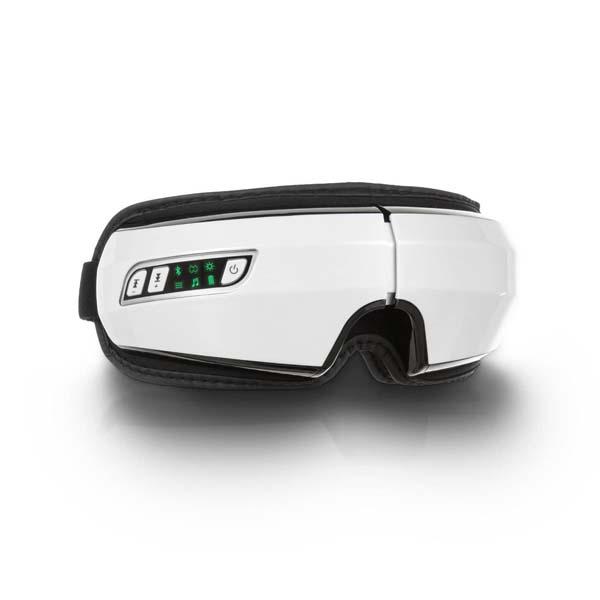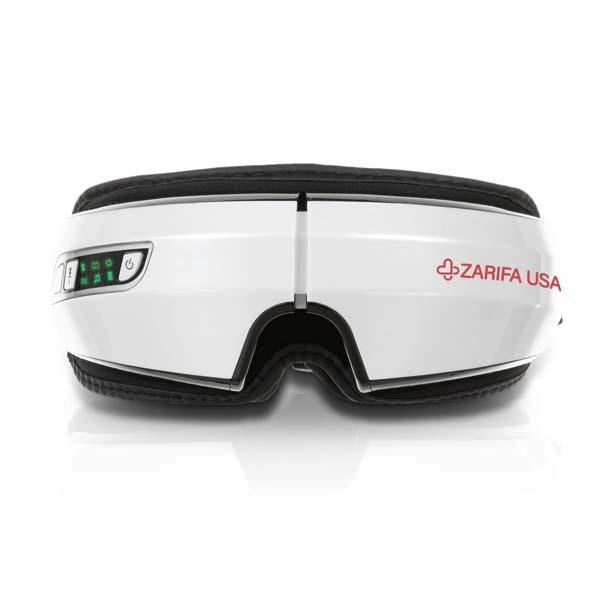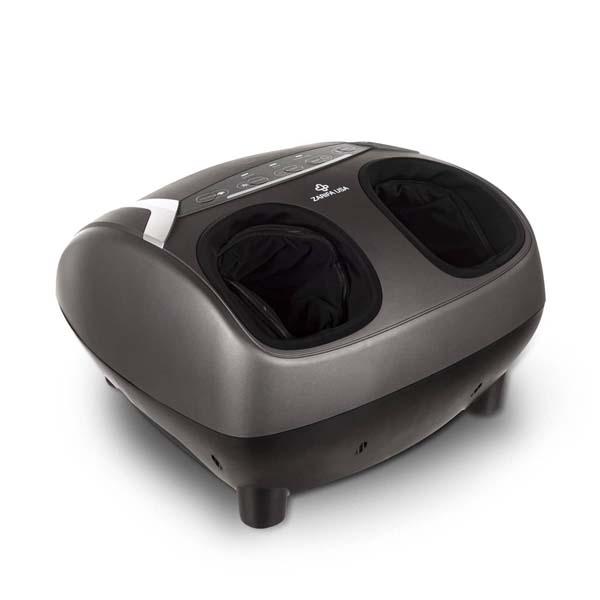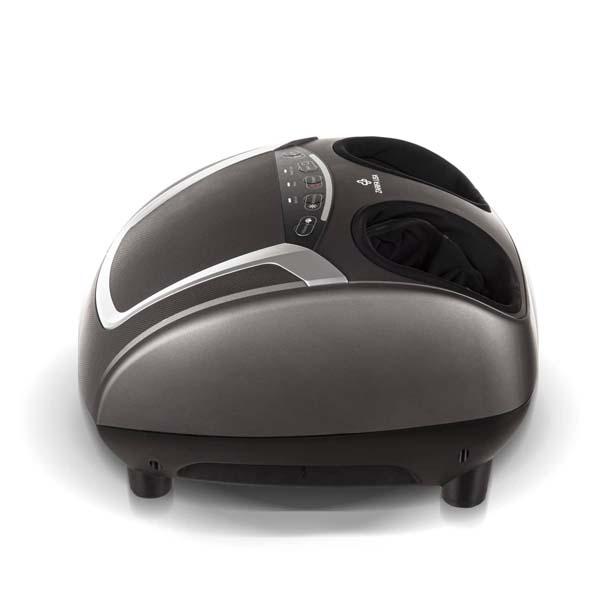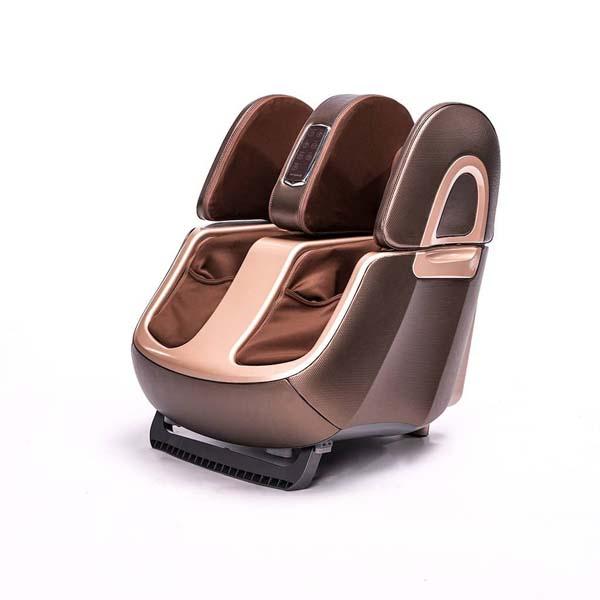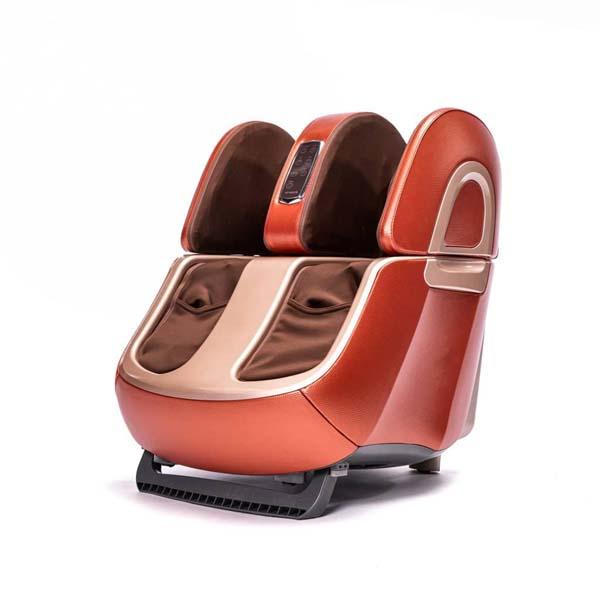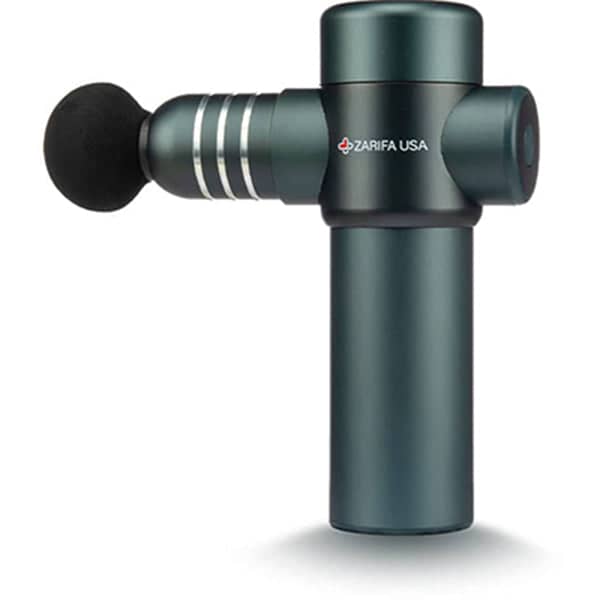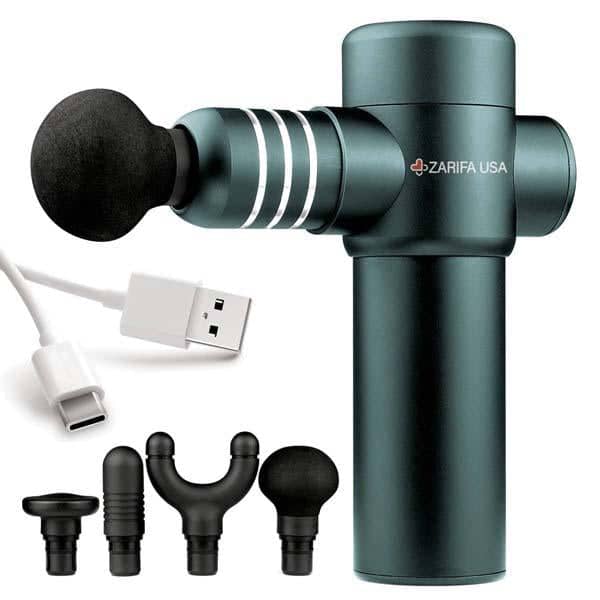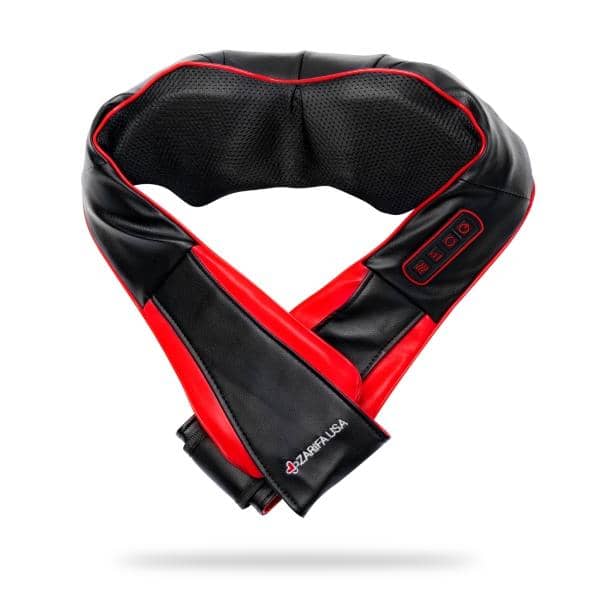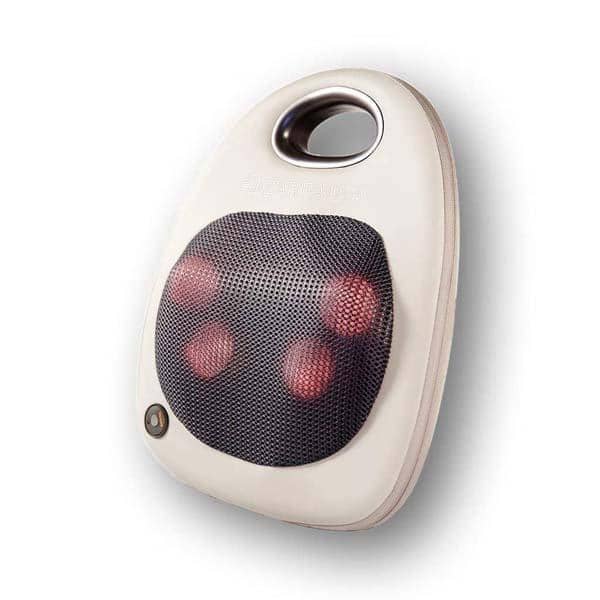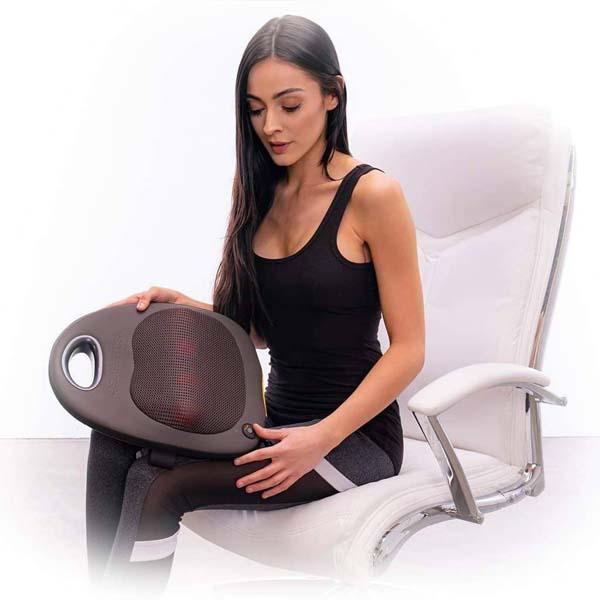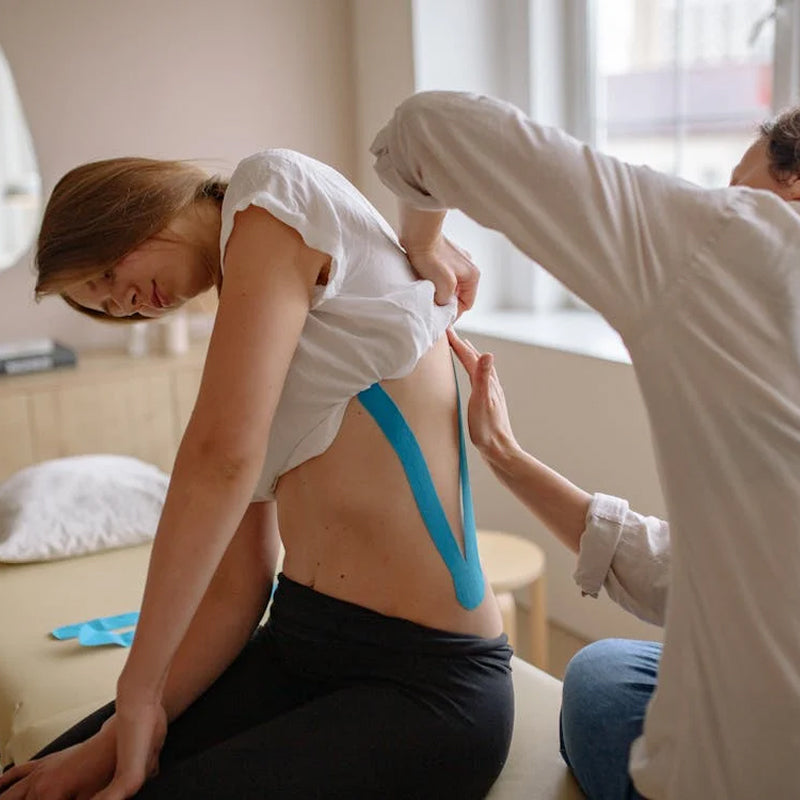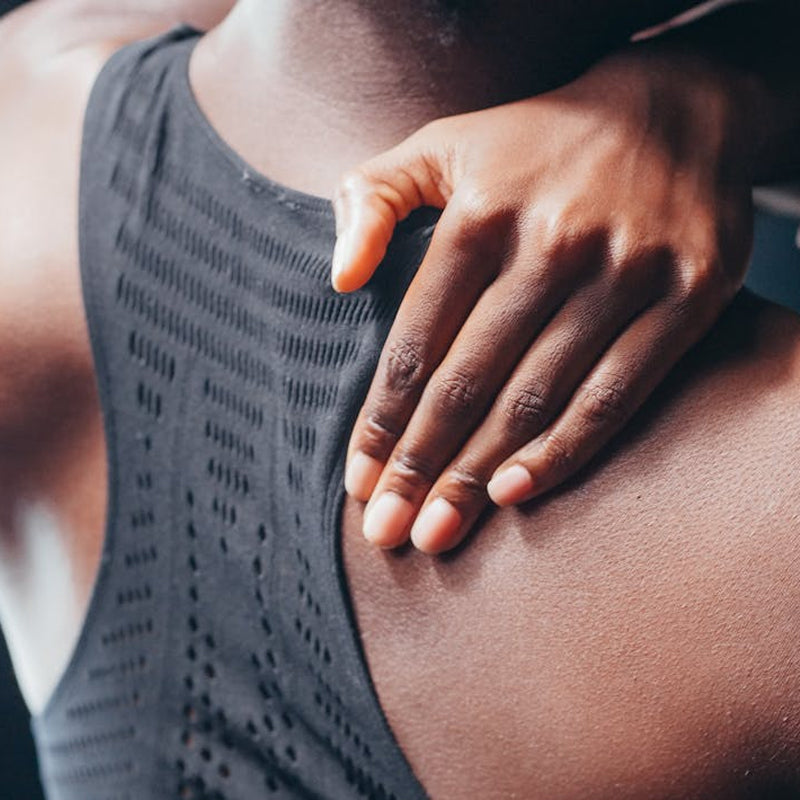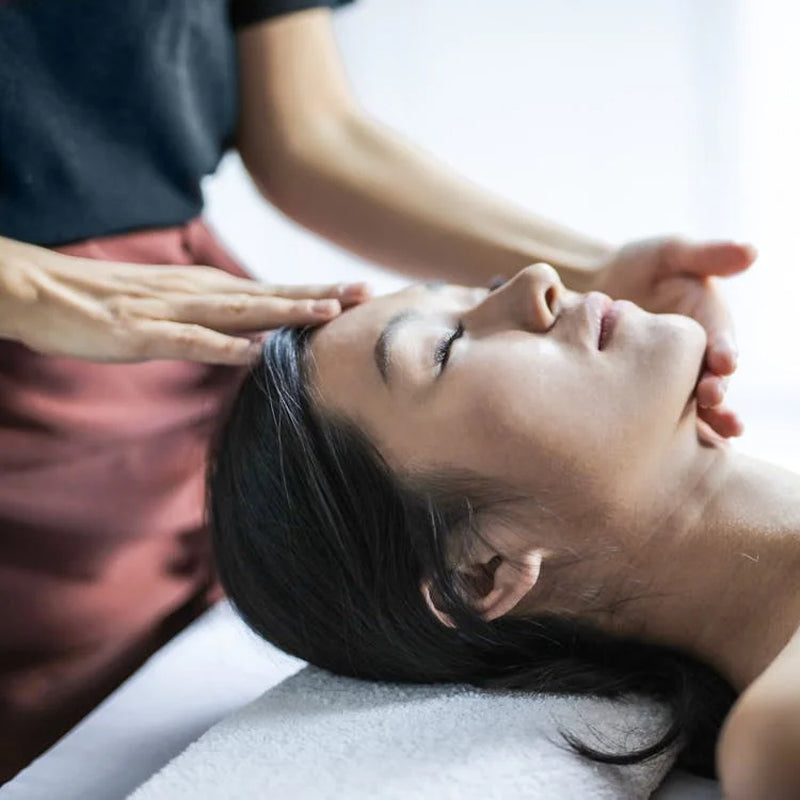Managing Joint Pain: A Comprehensive Guide to Living with Arthritis
Arthritis is a disease driven by assumption. Not many people know that arthritis isn’t a singular disease. “Arthritis” is an umbrella term for many conditions that involve swollen joints or joint inflammation. There are more than 100 different types of arthritis that are all uniquely caused and treated differently.
Arthritis has been adopted as the general term for wear-and-tear of cartilage as well as other types of inflammation that are associated with overactive immune systems. Though there is no cure for arthritis, but there are methods to help chronic pain relief when diagnosed with these diseases such as at-home exercises, massage chair relief, and other various treatments.
There are a lot of different symptoms in arthritis types, but the main indicators include sore joints and joint stiffness. The general process of arthritis is the breaking down of soft cartilage that is located around your joints by one way or another. Cartilage is a flexible but solid tissue that connects your bones together. It protects your joints like shocks do for the wheels of a bicycle!
When you move and put stress on your joints, the cartilage absorbs the sudden movements and cushions your bones. The atrophy of this cushion of cartilage tissue can cause pain, immobility, and likely result in a few distinct types of arthritis. Arthritis makes up the most common chronic illness in the United States, consisting of nearly 40 million people.
Arthritis is usually found in people that are 45 years of age or older, but it is possible to be diagnosed at the early age of 15. Early diagnosis can decrease symptoms and long-term complications of arthritis, and you should see a healthcare professional if symptoms of pain or swelling develop.
Other symptoms of severe arthritis include swelling, redness of the skin around the affected joint, stiffness, and even a loss of appetite. It is possible for a slight fever to occur if your arthritis is at all linked to your immune system’s lack of activity.

WHAT ARE THE SIGNS OF EARLY ARTHRITIS?
Arthritis is a serious chronic disease, but it is more beneficial for you to catch it in the early stages. There are more minor symptoms that progress over a shorter period of weeks or months in the beginning stages of arthritis.
The following are minor arthritis symptoms that could indicate the earlier stages of the disease:
● Fatigue
● Morning stiffness for more than 30 minutes
● Joint stiffness
● Joint pain
● Minor joint swelling
● Fever
● Numbness or tingling
● Decrease in range of motion
● General weakness
● Dry Mouth
● Eye Discharge
● Difficulty sleeping
● Chest pain
● Hard bumps of tissue under the skin
● Loss of appetite
● Weight Loss
WHAT’S THE DIFFERENCE BETWEEN OSTEOARTHRITIS (OA) AND RHEUMATOID ARTHRITIS (RA)?
Osteoarthritis (OA):
Osteoarthritis is the most common type of arthritis. It occurs when your cartilage wears away enough to the point that your bones rub against other bones. This type of arthritis develops over years and years of decay when the tissue wears away between joints.
The main affected body parts that need osteoarthritis treatment are the hips, knees, neck, lower back, spine, and small joints of the hands. Repeated impact on these parts can thin and wear away your joint cartilage and cause you to feel a grating sensation. Your joint flexibility is reduced, bony spurs develop, and a large swelling occurs around your joints.
Osteoarthritis is most common in older people, and the goal of treatment is to reduce chronic pain and improve function.
OA is usually diagnosed with a variety of X-rays and MRIs. They show the damage and deterioration that happens in your joints. Though osteoarthritis is a deteriorative disease, and most of the effects on your joints can be irreversible, luckily, most patients with OA do not need joint replacement surgery. OA cannot be diagnosed with a specific blood test. However, blood tests can help rule out rheumatoid arthritis in this case.
Rheumatoid Arthritis (RA):
Rheumatoid arthritis is an inflammatory condition in which your immune system attacks the tissues in your joints. This type of arthritis is shorter term than osteoarthritis and can develop within weeks to a few months as opposed to years of decay.
The main affected body parts that are attacked by rheumatoid arthritis involves your fingers, wrists, elbows, shoulders, knees, feet, and ankles. This disease is categorized as an autoimmune disease where the body releases enzymes that attack its own tissues regardless if they are healthy or not. This process causes pain, swelling, stiffness, malformation, and reduced movement and function.
Immune system symptoms can additionally occur with rheumatoid arthritis like fatigue, fever, weight loss, eye inflammation, anemia, bumps under the skin, or lung inflammation. RA also produces symmetrical symptoms, meaning both sides of the body are affected similarly at the same time.
Rheumatoid arthritis is diagnosed by performing a physical examination and reviewing your clinical symptoms as well as reviewing your family medical history for any cases of RA in past generations. Doctors perform blood tests to look for the presence of antibodies that are known contributors to RA. Imaging tests can also be taken to look for signs of joint damage and signs of inflammatory arthritis.
Though they are caused by different things and have different symptoms, both rheumatoid arthritis and osteoarthritis are chronic diseases that inflict a lot of pain. There are no known cures for both degenerative joint diseases, though there are methods to assist in recovery and quality of living when diagnosed with either of these conditions.

What are the causes of Osteoarthritis (OA)?
Risk Factors that can increase your chance of developing osteoarthritis include:
● Age (This disease can occur at any age, but it is most commonly diagnosed in middle-aged individuals).
● Gender (Women are more likely to develop OA, though no one knows why).
● Obesity (Extra body weight adds stress on your joints like knees and hips).
● Joint injuries (Injuries that happened many years ago can increase your risk of osteoarthritis dependent on the healing process).
● Repeated stress on the joint (Your occupation or a continued sport you play repeatedly stresses on your body without change can cause an old sports injury to develop osteoarthritis).
● Genetics (There is an inherited risk to developing osteoarthritis).
● Bone deformities (There is the possibility to be born with malformed joints or malformed cartilage).
● Certain metabolic diseases (Diabetes and hemochromatosis can cause your body to have an imbalance that increases chance of developing osteoarthritis).
What are the causes of Rheumatoid Arthritis?
Risk Factors that can increase your chance of developing rheumatoid arthritis include:
● Gender (Women are more likely than men to develop rheumatoid arthritis).
● Age (People can be diagnosed at any age; however, the disease is most commonly diagnosed in middle-aged people.)
● Genetics (If someone in your family history has rheumatoid arthritis, you may have an increased risk of the disease).
● Smoking (Smoking cigarettes increases your risk of rheumatoid arthritis. It additionally can make the disease have another level of severity because it takes a toll on your immune system).
● Environmental factors (Some exposures such as asbestos or silica may increase the chance of developing this disease).
● Obesity (People who are overweight appear to be at a higher risk of developing rheumatoid arthritis).
What is Gout?
Gout is a form of arthritis that can be extremely painful. Uric acid builds up in the body and causes hard deposits to build up in your joints. You will notice lumps under your skin. Gout usually shows itself primarily in the big toe, that gets swollen and warm. Foot instep, ankles, heels, knees, wrists, fingers, and elbows are also main body parts that gout can invade.
Unlike the two main types of arthritis, men are more likely to develop gout than women. Gout can be treated with medication, but you will need to make large lifestyle changes to ensure it doesn’t become a constant.
What are Arthritis Treatment Options?
There are no known cures for these degenerative joint diseases. The objective of any type of treatment for these diseases is to reduce chronic pain, manage arthritic symptoms, and prevent further destruction to the joints.
Anti-inflammatory medications like ibuprofen and Acetaminophen contribute to reducing swelling and pain. However, there is a way to accomplish this without drugs that can give you the benefits without the negative side effects. In order to reduce chronic pain, it is best to learn what is appropriate for your specific needs and body with time.
Drug-free alternatives to pain management such as acupuncture for arthritis, massages, yoga, and physical therapy may ease these symptoms, as well.
Drug-free alternatives for chronic pain relief
Heating pads and ice packs can be soothing to some because they relax tense muscles and promote movement. Improving joint function and mobility is important when diagnosed with arthritis, so performing recommended daily routine exercises can assist in flexibility and strengthen the muscles around the affected joint.
Physical and occupational therapy are used to help patients improve mobility and adapt back to their daily lives. However, as you complete the exercises it is smart to not overexert yourself to avoid further injury.
Some physical therapy exercises you can try at home include:
- Head tilts, neck rotation, and other mobility exercises to relieve pain in your neck
- Finger bends and thumb bends to ease pain in your hands to reduce osteoarthritis in fingers
- Leg raises, hamstring stretches, and other easy exercises for knee arthritis.
How can I prevent Arthritis?
After years of scientific research, there is no definitive way to prevent arthritis. However, you can reduce your risk of it and delay the eventual onset of certain types of arthritis. Maintaining a healthy weight, not smoking, and eating a healthy diet that is low in sugar are all ways to take preventive measures against arthritis flare ups.
Most types of arthritis result from a combination of genetic predisposition and environmental factors. Hopefully, with more research, arthritic prevention and curability can be found.
Here are some methods to prevent arthritis:
- Educating yourself. Make sure to know the early on-set symptoms, especially if you have a predisposition from genetics for the disease.
- Be active! Exercise promotes mobility, flexibility, lessens pain, and releases endorphins. All of which are great for your body in general.
- Weight watch. Obesity is the main risk factor in all major arthritic types.
- If you do contract early symptoms, don’t wait. The sooner you receive treatment, the more likely you can avoid more serious and permanent joint damage.

BAD HABITS TO AVOID THAT CAN CAUSE JOINT PAIN:
If you have already been diagnosed with a type of arthritis, there are certain activities you can avoid that will help you lessen joint pain:
- Texting with your thumbs (Texting tenses your hands, particularly your thumbs. The position of texting puts your thumbs in an unnatural and awkward position they are not accustomed to and the hyperextension can cause more severe arthritis symptoms).
- Popping your knuckles (The sound when you crack your knuckles is your ligaments snapping against bone from bubbles that are around your joints. The belief that cracking your knuckles causes arthritis is a myth, but it is still a bad habit that results in swelling for your hands).
- Wearing heels (Heels do to your feet what texting does to your thumbs! Wearing high heels unnaturally stresses joints, muscles, and misaligns your back. They offer no support and increase your chance of osteoarthritis drastically).
- Sleeping on your tummy (Twisting your head to the side places stress on the nerves in your neck and compresses your spine).
- Poor posture (Another habit that throws your spine out of alignment and increases pressure on joints).
- Sitting too long at the computer (Sitting for too long at the computer causes poor posture! It leads to strain on your wrists, neck, shoulders, elbows, and back).
- Carrying a heavy backpack (When you strain your spine, especially on one side, certain parts of your body will tear and stress unnecessarily. Maybe leave that third textbook in your car!)
Arthritis is a serious disease that more than 350 million people suffer from worldwide. Being aware of arthritis diseases, your body, your pain tolerance, and what preventive action you can take will help you prevent or battle against the many different types of arthritis.




